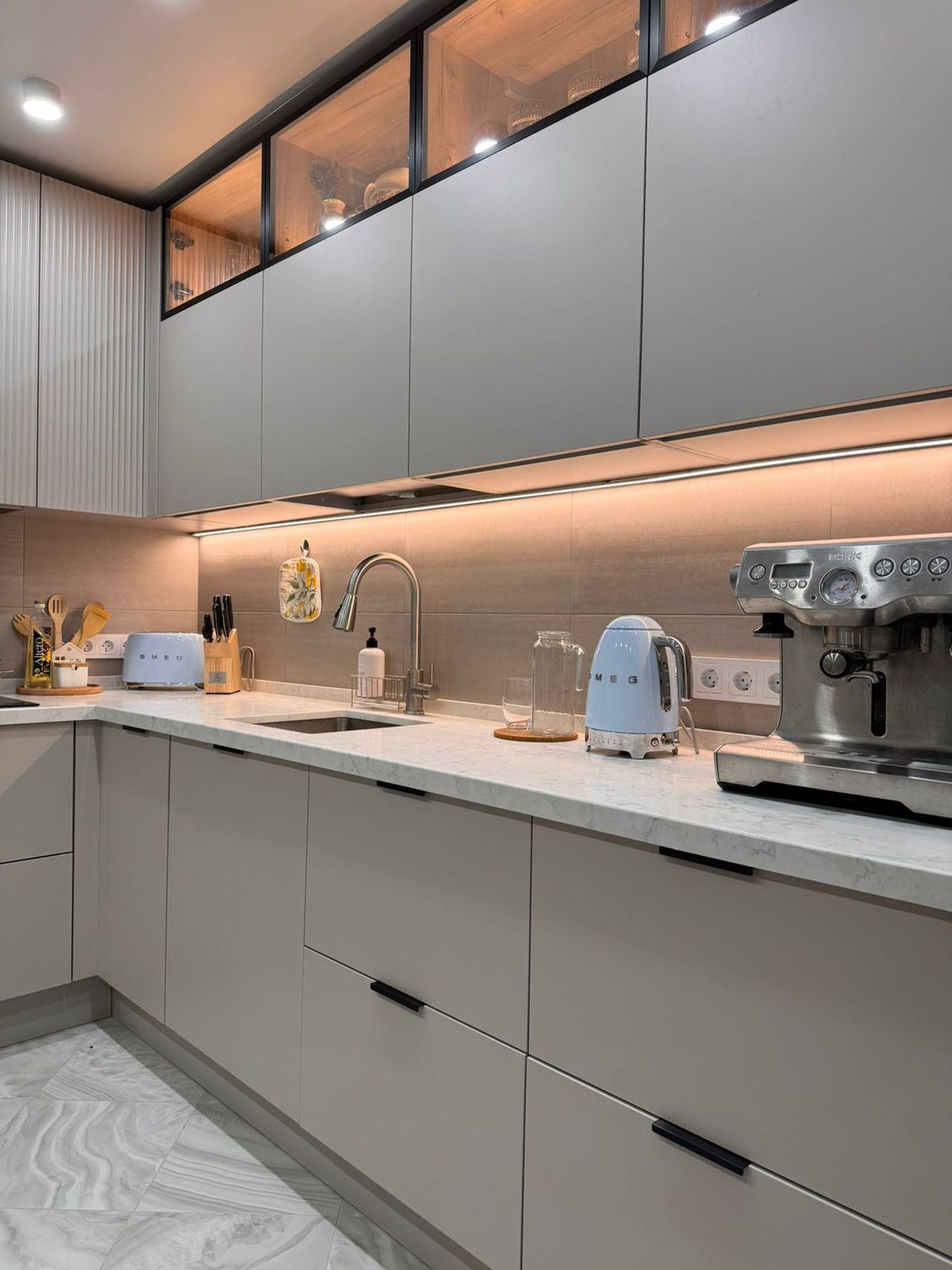
Introduction: The Evolution of Culinary Spaces
In recent years, the concept of culinary spaces has undergone a tremendous transformation. No longer confined to the traditional settings of a home kitchen or a restaurant backroom, these innovative areas are now designed to nurture creativity, collaboration, and the sharing of the gastronomic experience. This article explores how culinary spaces are being redefined in both form and function, catering to the evolving needs of chefs, food enthusiasts, and curious onlookers alike.
From Function to Experience: The New Era of Kitchen Design
Kitchens have always been the heart of the home, but their role has expanded beyond mere functionality to become a center of entertainment and social interaction. Modern kitchen designs now incorporate open layouts, state-of-the-art appliances, and multi-use areas that facilitate both cooking and conversation. These spaces are equipped with the latest technology to help both seasoned chefs and amateur cooks create masterpieces with ease and enjoyment.
Chef's Tables and Open-Concept Restaurants
The restaurant industry has also embraced the trend of open culinary spaces by introducing chef's tables and open-concept dining. These setups offer diners a front-row seat to the cooking process, blurring the lines between kitchen and dining room. As a result, chefs are now performers, engaging with their audience as they showcase their skills and artistry in real time. This transparency fosters trust and a deeper appreciation for the culinary arts.
Community Kitchens and Food Incubators
Community kitchens and food incubators represent another facet of the redesigned culinary landscape. These communal spaces provide resources and support for emerging food entrepreneurs to test their concepts without the hefty investment of a standalone eatery. They often include shared commercial kitchens, mentorship programs, and networking opportunities, fueling a vibrant ecosystem where ideas and flavors can flourish.
Educational Spaces for Culinary Arts
Educational institutions have adapted their culinary spaces to be more than just classrooms—they are interactive learning environments. Equipped with cooking stations, demonstration tables, and audio-visual systems, these areas allow students to explore their culinary passion while gaining hands-on experience. Through simulated restaurant environments and industry-grade equipment, aspiring chefs learn in environments that mirror the real world.
Fostering Sustainability and Local Sourcing
Sustainability has become a cornerstone of the modern culinary space. Many kitchens now boast herb gardens, compost systems, and partnerships with local farmers to reduce their carbon footprint. By redefining how and where food is sourced, prepared, and consumed, these spaces play a critical role in promoting environmentally conscious practices and a farm-to-table ethos.
The Digital Kitchen: A Virtual Culinary Realm
The proliferation of digital technology has given rise to the virtual culinary space. Cooking classes, webinars, and online food communities have exploded in popularity, allowing people to share recipes, techniques, and culinary cultures from around the globe. This democratization of culinary knowledge has created an expansive digital kitchen without borders, accessible to anyone with an internet connection.
Conclusion: Embracing the Future of Culinary Spaces
As we continue to embrace innovations in design, technology, and sustainability, the redefined culinary space becomes a testament to the endless possibilities within the food industry. These constantly evolving environments not only shape the way we cook and eat but also reflect the cultural and societal trends that drive our appetites. With a renewed focus on experience, education, and community, culinary spaces stand at the forefront of a delicious revolution.